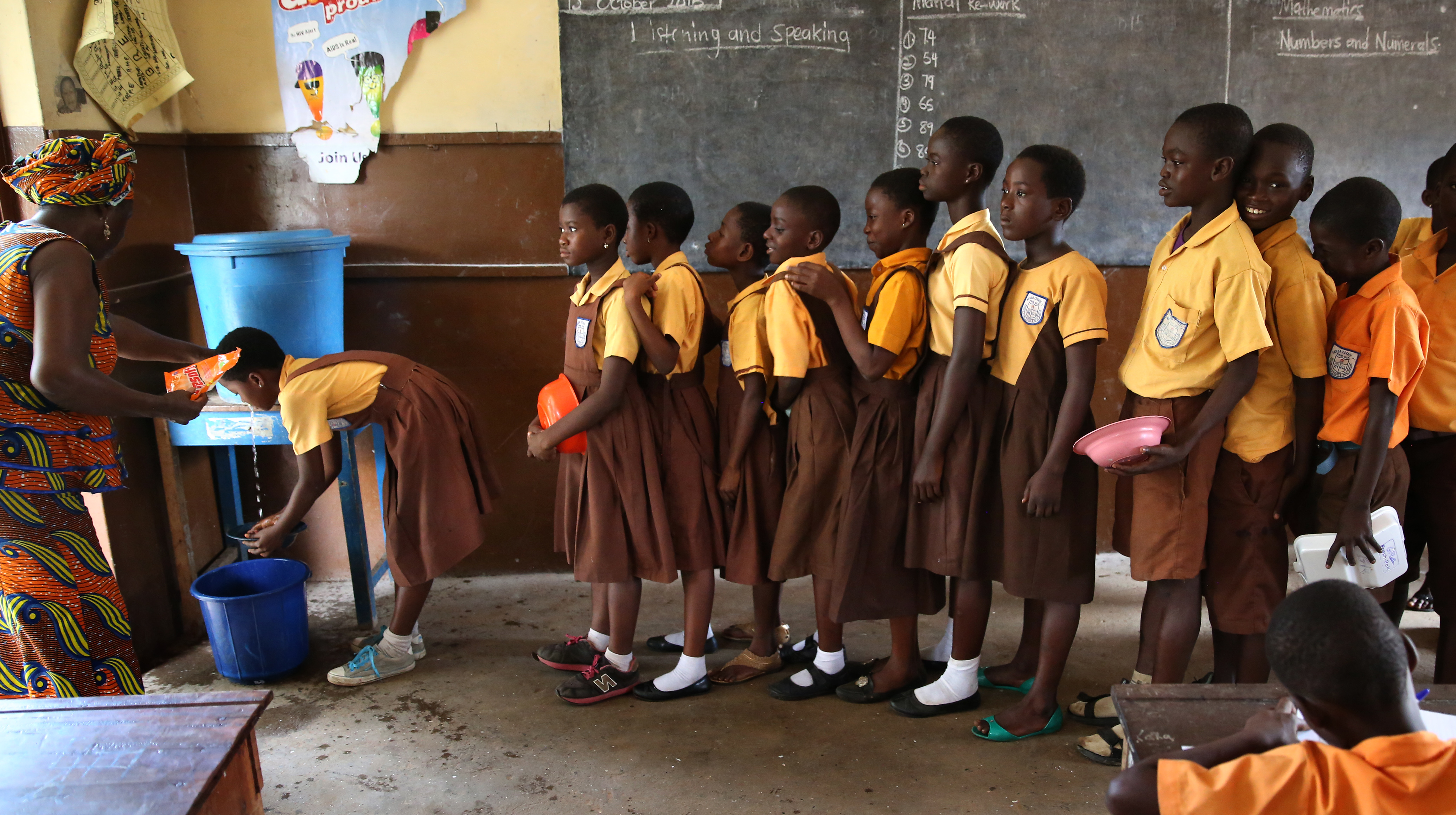 Produced by Women Deliver
October 5, 2016
Produced by Women Deliver
October 5, 2016
New UNESCO Report Highlights Just How Exclusive Access to Education Is
A catalyst of transformation, education can empower individuals to challenge and change discriminatory attitudes and practices. As such, quality education for all – including primary and secondary school – is imperative to achieving gender equality.
Yet, in spite of the widely accepted benefits of getting – and keeping – girls in school, education remains elusive for girls in many parts of the world. A new report by UNESCO focuses on the challenges girls and women continue to face accessing education and lifelong learning.
According to the 2016 Global Education Monitoring Report (GEM Report), over a third of all countries have yet to achieve gender parity in primary education. The gaps are most pronounced in Northern African and Western Asia, where just 95 girls are enrolled in primary school for every 100 boys. Girls face the biggest barriers in sub-Saharan Africa, where 33% of girls are expected to enter school, as opposed to 42% of boys. That translates into 9 million girls who will never see the inside of a classroom.
Poor children, especially girls, are at particular risk of being excluded from school. In the countries with high percentages of children out of school, the poorest girls continue to be most likely to be excluded. In sub-Saharan Africa, gender parity exists among the richest 20% who have completed primary education but among the poorest 20%, 83 females completed primary education for every 100 males, dropping to 73 for lower secondary and 40 females for upper secondary. In Nigeria, for example, where 8.7 million children of primary school age were out of school in 2010, the poorest girls’ access to education has worsened since 2000; the percentage of the poorest females who had never attended school increased from 46% in 1999 to 76% in 2013.

Unlike the Millennium Development Goals, which focused universal primary education, the 2030 Agenda has expanded to prioritize universal completion of primary and secondary education. Yet, according to the GEM report, at current rates this goal remains elusive in many parts of the world. Currently, only 15% of children in low income countries complete upper secondary school.
Education marginalization is further compounded by other factors, including geographic location. In many countries, living in rural or disadvantaged areas often puts children and adolescents at greater risk of not completing school. Over 2009–2014 in low income countries, 19% of rural children completed lower secondary education, compared with 48% of urban children. In Nigeria, Pakistan and Yemen, only about 25% of rural girls complete lower secondary education but nearly 50% of rural boys do.
Improving girls’ education and ensuring equitable educational opportunities for all girls and boys is necessary for social justice on a global scale. The GEM report not only identifies the need for a major transformation, but it underscores the potential for education to propel progress towards achieving the Sustainable Development Goals. Based on current trends, the world will achieve universal primary education in 2042, universal lower secondary education in 2059 and universal upper secondary education in 2084. This means the world would be half a century late for the 2030 SDG deadline.
“A fundamental change is needed in the way we think about education’s role in global development, because it has a catalytic impact on the well-being of individuals and the future of our planet,” said UNESCO Director-General, Irina Bokova.


